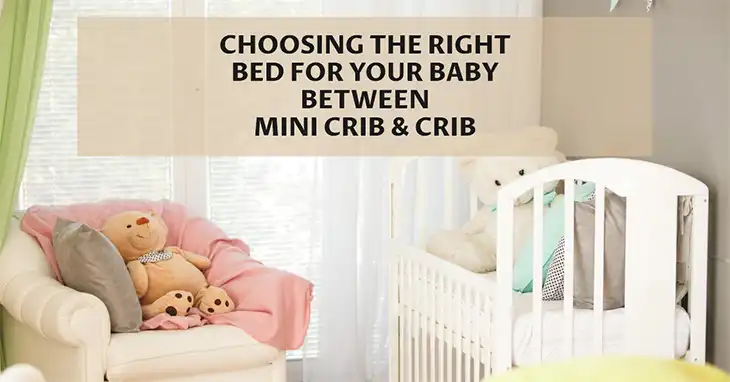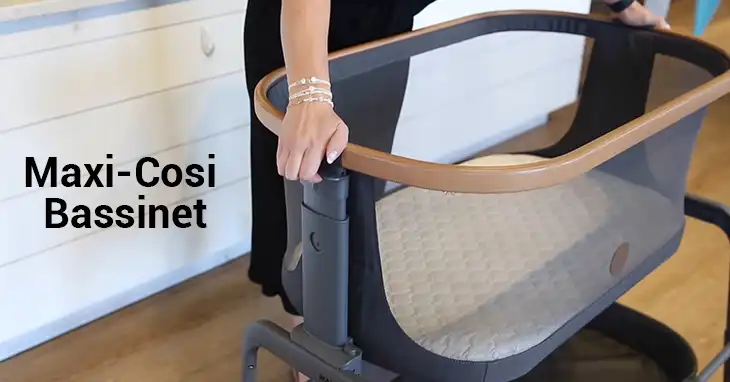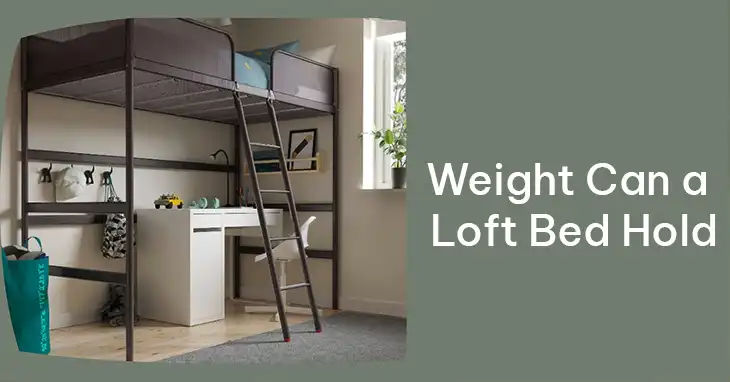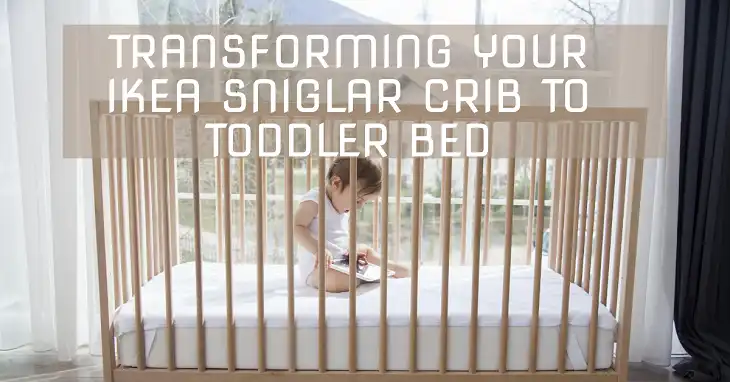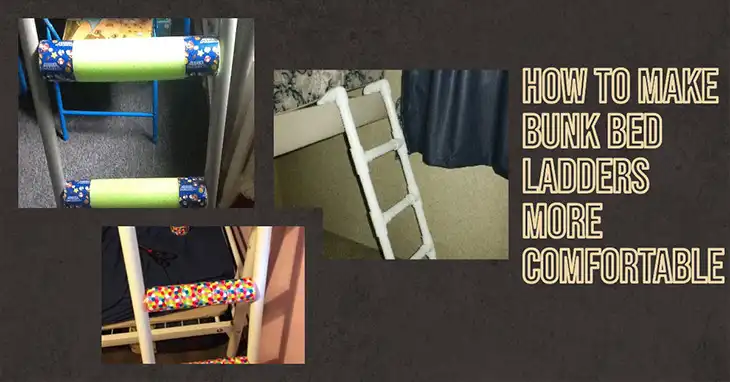Is It Safe To Tilt A Baby Mattress? Expert Answers
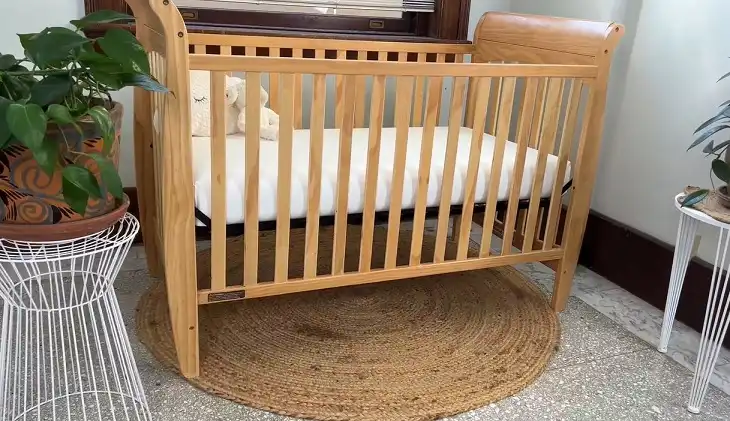
As parents, we want our babies to sleep safely and comfortably. The question “Is it safe to tilt a baby mattress?” is a common concern, especially when dealing with issues like congestion or reflux.
While tilting a mattress may seem like a simple solution, it’s crucial to understand the risks and follow expert guidelines.
The American Academy of Pediatrics (AAP) strongly recommends that infants sleep on flat, firm surfaces without any incline to reduce the risk of suffocation, entrapment, and sudden infant death syndrome (SIDS).
This article will explore the safety considerations surrounding tilted mattresses, alternative solutions, and when elevation may be appropriate under medical guidance.
By understanding the latest research and recommendations, you can make informed decisions to ensure your baby’s sleep environment is as safe as possible.
Understanding Safe Sleep Guidelines for Infants
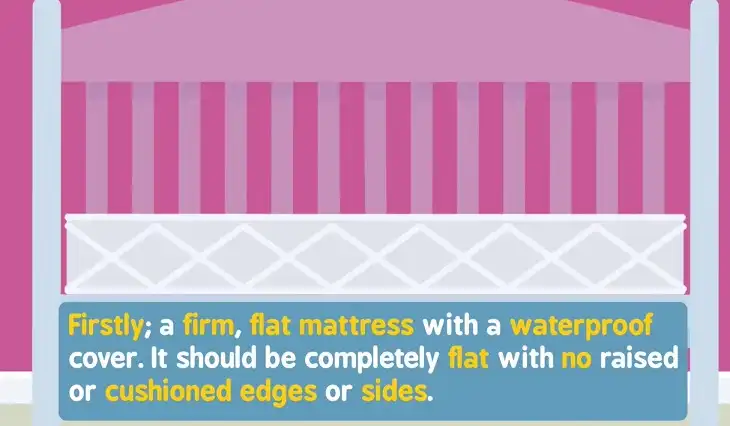
The safety of our little ones during sleep is paramount. The American Academy of Pediatrics (AAP) has established clear guidelines to help parents create the safest sleep environment possible for their infants.
AAP recommendations for flat, firm sleep surfaces
The AAP strongly advises that all infants should sleep on flat and firm surfaces. This recommendation is based on extensive research showing that flat surfaces are the safest for preventing sleep-related infant deaths. A firm mattress covered with a fitted sheet is all that’s needed in a baby’s sleep area.
Risks Associated With Inclined Sleep Products
Inclined sleep products, such as those that position babies at an angle greater than 10 degrees, have been linked to numerous infant deaths.
These products can cause babies to slide down into positions that may compromise their airways, leading to suffocation. The risk is particularly high for infants who haven’t yet developed strong neck and head control.
The Debate Around Tilting Baby Mattresses
Despite clear guidelines, there’s ongoing debate about tilting baby mattresses, primarily due to perceived benefits for certain conditions.
Potential Benefits For Congestion And Reflux
Some parents and even healthcare providers suggest that a slight incline might help babies with congestion or acid reflux.
The theory is that elevation could help drain nasal passages or prevent stomach acid from flowing back into the esophagus. However, it’s crucial to note that these potential benefits are not supported by strong scientific evidence.
Safety Concerns And Risks
The risks associated with tilting mattresses far outweigh any potential benefits. Inclined surfaces can cause babies to roll or slide into unsafe positions, increasing the risk of suffocation. Even a slight incline can be dangerous, especially for younger infants who lack the strength to reposition themselves.
Safe Alternatives to Tilting Mattresses
Instead of tilting mattresses, there are safer ways to address common concerns like congestion and reflux.
1. Slightly Elevating The Crib (Less Than 10 Degrees)
If recommended by a healthcare provider, elevating the entire crib by a very slight angle (less than 10 degrees) may be considered. This can be done by placing something sturdy under the legs at one end of the crib. However, this should only be done under professional guidance and with extreme caution.
2. Using Firm, Flat Surfaces Only
The safest option is always to use a firm, flat surface for infant sleep. This applies to cribs, bassinets, and any other sleep environment. A flat surface ensures that the baby’s head remains in a safe position throughout sleep.
3. Avoiding Soft Bedding And Positioning Devices
It’s crucial to keep the sleep area clear of soft bedding, pillows, crib bumpers, and positioning devices. These items can pose suffocation and entrapment risks. The safest sleep environment is a bare crib with just a fitted sheet over the mattress.
When Elevation May Be Considered
While flat surfaces are generally safest, there may be rare instances where some elevation is advised.
1. Consulting With Pediatrician First
Before making any changes to your baby’s sleep environment, always consult with your pediatrician. They can provide personalized advice based on your baby’s specific needs and health conditions.
2. Short-Term Use For Specific Medical Reasons
In some cases, doctors may recommend a slight elevation for short periods to address specific medical issues. This advice should be followed precisely and only for the duration recommended.
3. Proper Techniques If Advised By Doctor
If elevation is recommended, your doctor should provide specific instructions on how to do this safely. This might involve elevating the entire crib rather than just the mattress, and should always maintain a firm, flat sleep surface.
Addressing Common Concerns
Parents often consider tilting mattresses to address two common issues: congestion and acid reflux.
Congestion Relief
For babies with congestion, safer alternatives to mattress tilting include:
- Using a cool-mist humidifier in the room
- Clearing nasal passages with saline drops and gentle suctioning before sleep
- Elevating the baby’s head while awake and during supervised times
Acid Reflux Management
For infants with reflux, consider these safer options:
- Feeding in an upright position
- Keeping the baby upright for 30 minutes after feeding
- Smaller, more frequent feedings
- Discussing medication options with your pediatrician if reflux is severe
Product Safety and Recalls
Staying informed about product safety is crucial for protecting your baby.
1. Banned And Recalled Inclined Sleepers
Many inclined sleep products have been recalled due to safety concerns. The Safe Sleep for Babies Act, signed into law in 2022, bans the manufacture and sale of inclined sleepers and crib bumpers in the United States.
2. Importance Of Checking For Recalls
Regularly check the Consumer Product Safety Commission (CPSC) website for recalls on baby products. Even if a product is no longer sold in stores, it may still be found in secondhand markets or passed down from friends and family.
Final Words
While the desire to help our babies sleep comfortably is understandable, safety must always come first. The evidence clearly shows that flat, firm sleep surfaces are safest for infants.
Tilting baby mattresses, even slightly, can introduce unnecessary risks. Instead, focus on creating a safe sleep environment following AAP guidelines, and address specific concerns like congestion or reflux with safer alternatives.
Always consult with your pediatrician for personalized advice, especially if you’re considering any changes to your baby’s sleep environment.
By prioritizing safety and following expert recommendations, you can ensure your baby gets the restful, safe sleep they need for healthy growth and development.
Frequently Asked Questions
1. Is it Safe to Incline a Baby Mattress for Congestion?
While it might seem helpful to elevate a baby’s mattress to alleviate congestion, it is generally not recommended.
The American Academy of Pediatrics advises that babies sleep on a flat and firm surface to reduce the risk of Sudden Infant Death Syndrome (SIDS) and other sleep-related hazards.
Inclining the mattress can cause the baby to slide into positions that may compromise their airway, increasing the risk of suffocation.
2. Can I Tilt My Baby’s Mattress?
Tilting your baby’s mattress is not considered safe. Although some suggest it as a method to help with congestion or reflux, doing so can lead to the baby rolling into a position where their breathing is obstructed. Maintaining a flat sleeping surface is crucial for your baby’s safety during sleep.
3. Is it Safe to Incline a Baby Crib?
No, inclining a baby crib is not safe. Propping up or inclining the crib can create dangerous situations where the baby might slide down and end up in a position that restricts breathing. It’s essential to keep the crib’s sleeping surface flat and free from any props or inclines to ensure the baby’s safety.
4. What Age Can You Flip a Baby Mattress?
Many baby mattresses are dual-sided, with one side firmer for infants and the other softer for toddlers. Typically, you can flip the mattress around 12 months old, transitioning from the firmer infant side to the softer toddler side. However, always refer to the manufacturer’s guidelines to ensure the correct timing and usage.
5. Why Can’t Babies Sleep on an Incline?
Babies should not sleep on an incline because it increases the risk of positional asphyxiation.
When placed on an inclined surface, infants may slide down or assume a chin-to-chest position, which can restrict their airway and lead to suffocation.
A flat sleeping surface ensures that the baby’s airway remains open and reduces the risk of breathing difficulties.
6. Should Baby Sleep on an Incline if Congested?
No, even if a baby is congested, it is not safe for them to sleep on an incline. While it might seem beneficial for easing breathing, the risks associated with inclined sleeping surfaces, such as suffocation and SIDS, outweigh potential benefits.
Instead, consider safer alternatives like using a humidifier in the room or consulting a pediatrician for other remedies to alleviate congestion.


